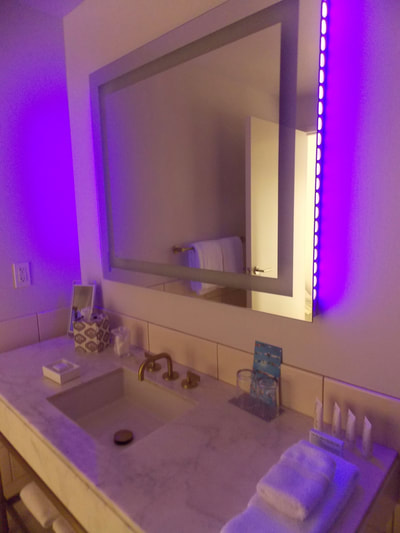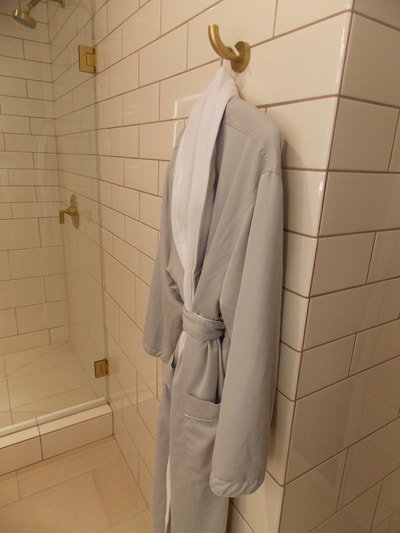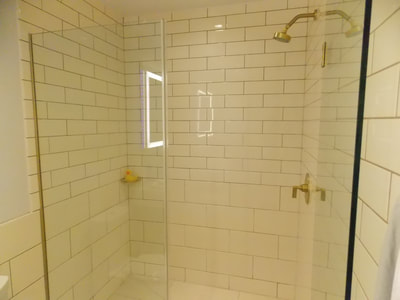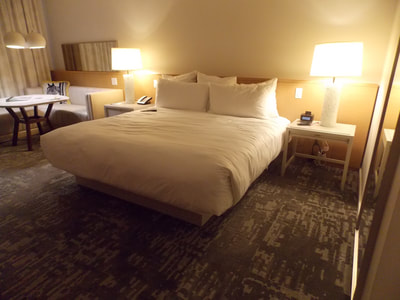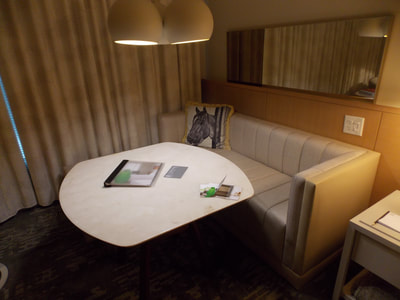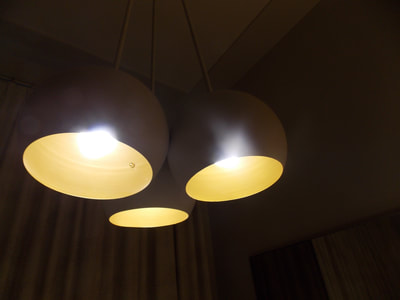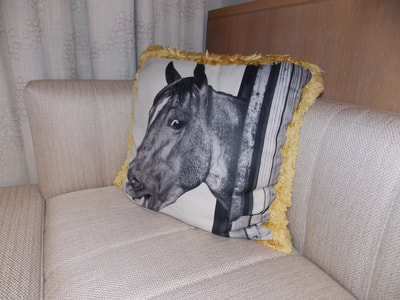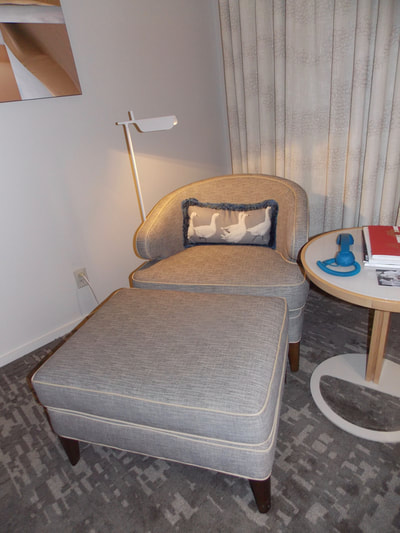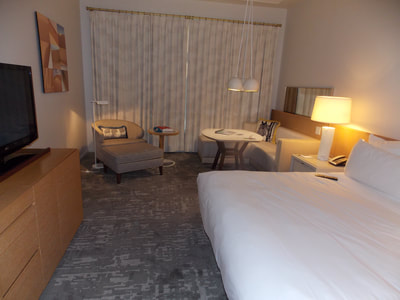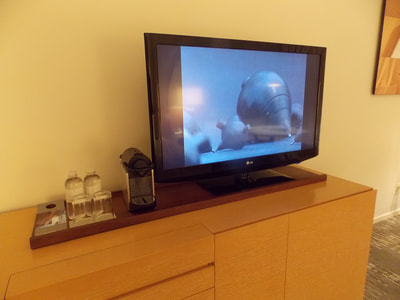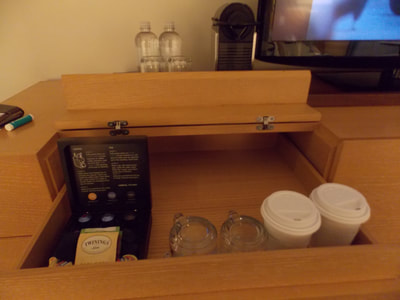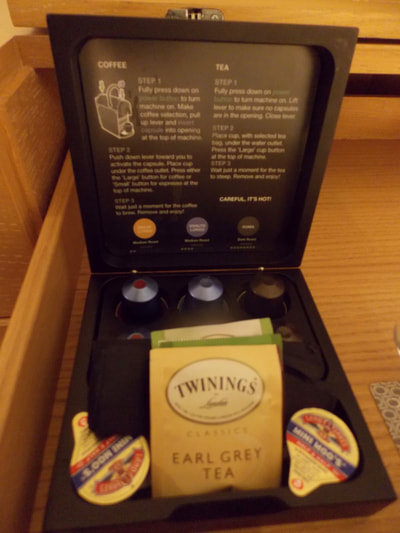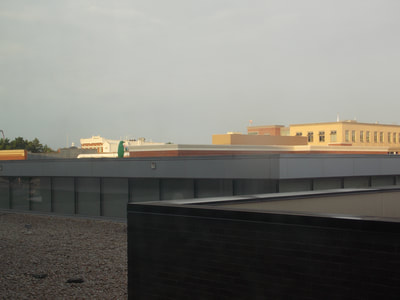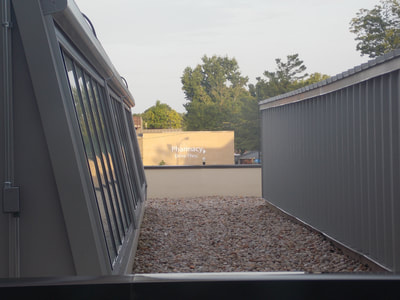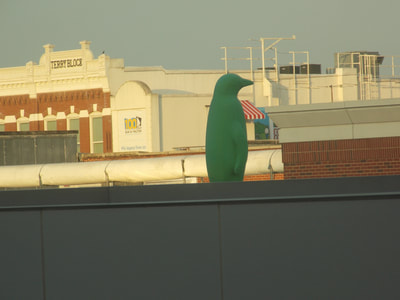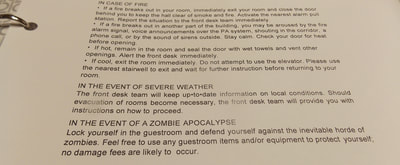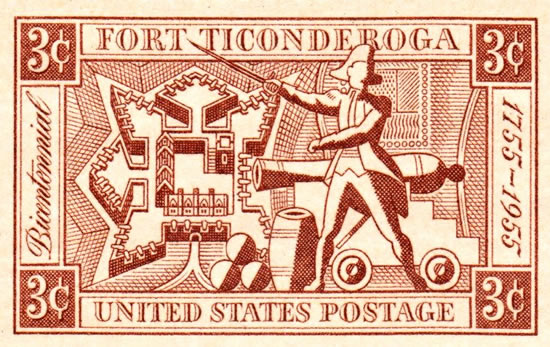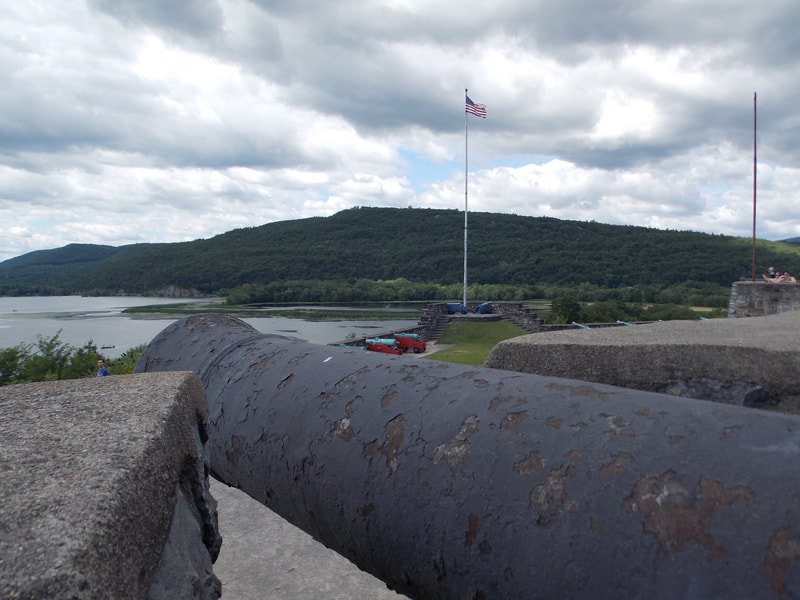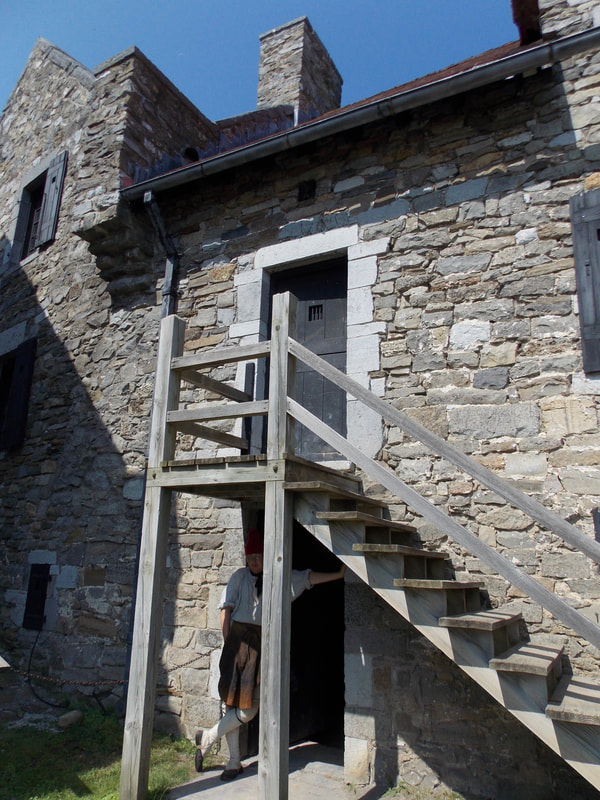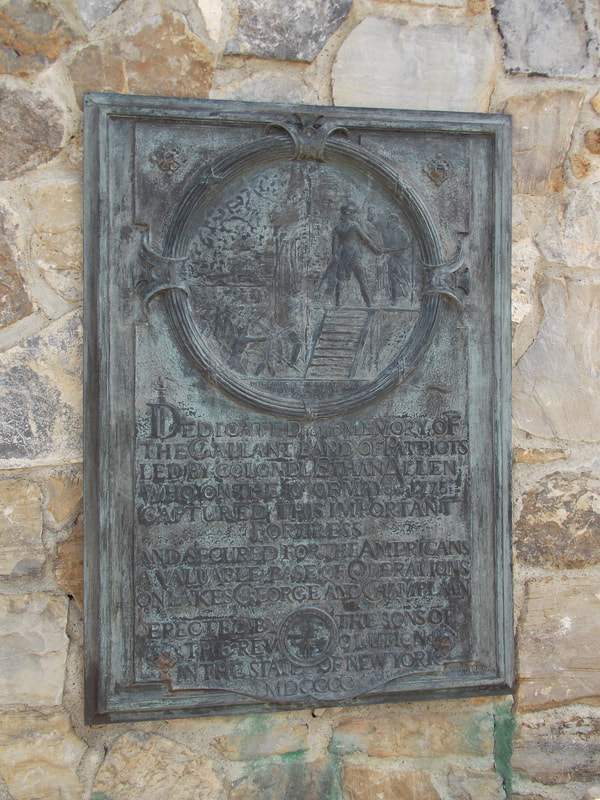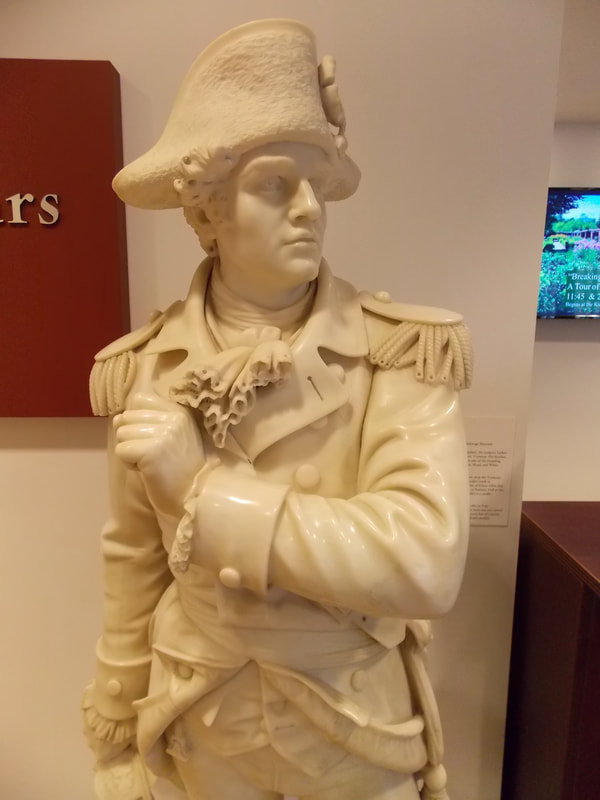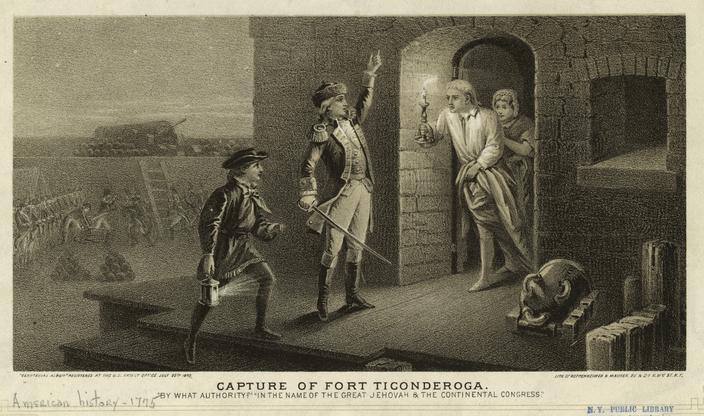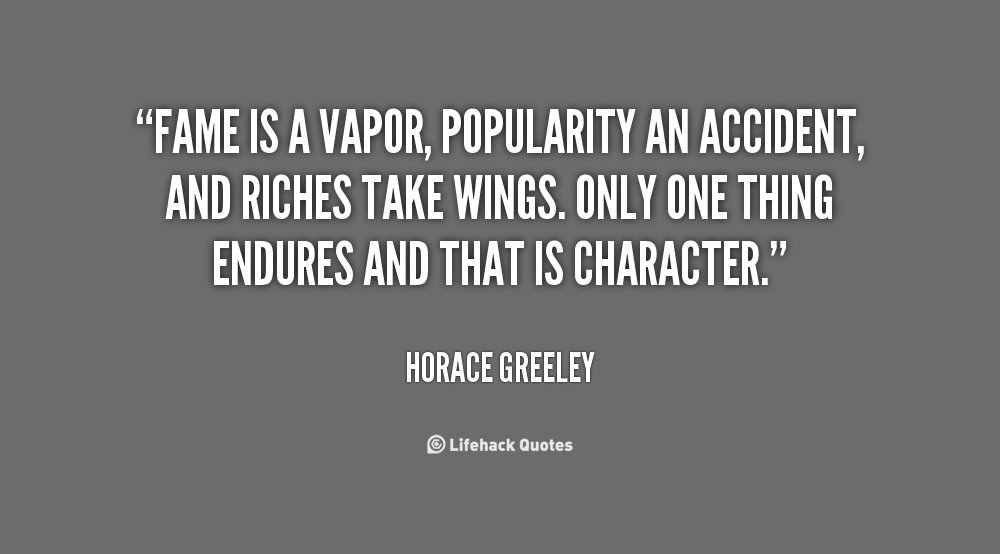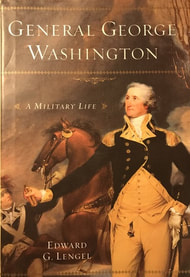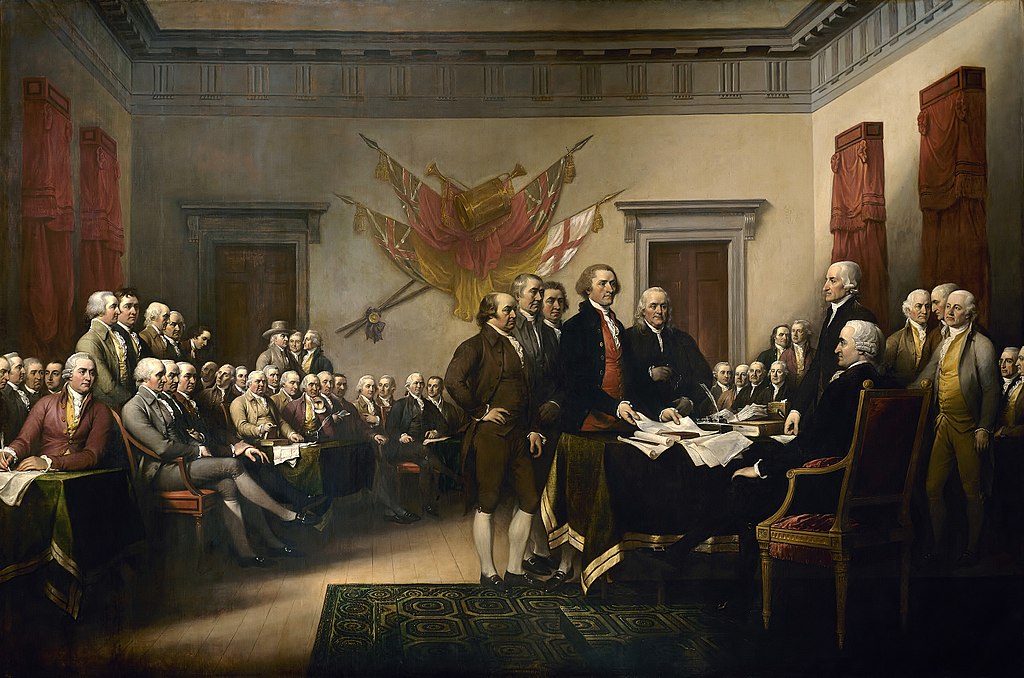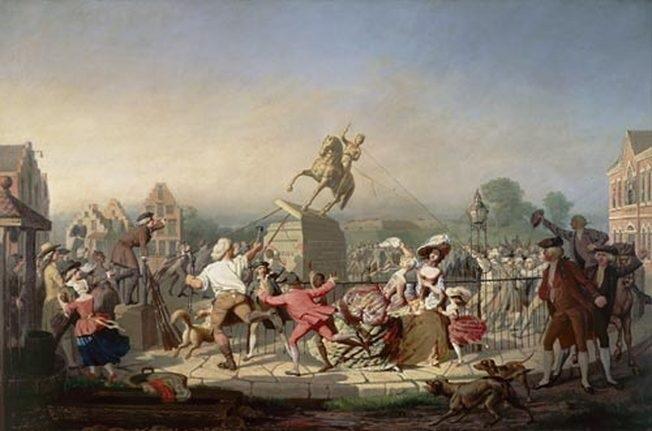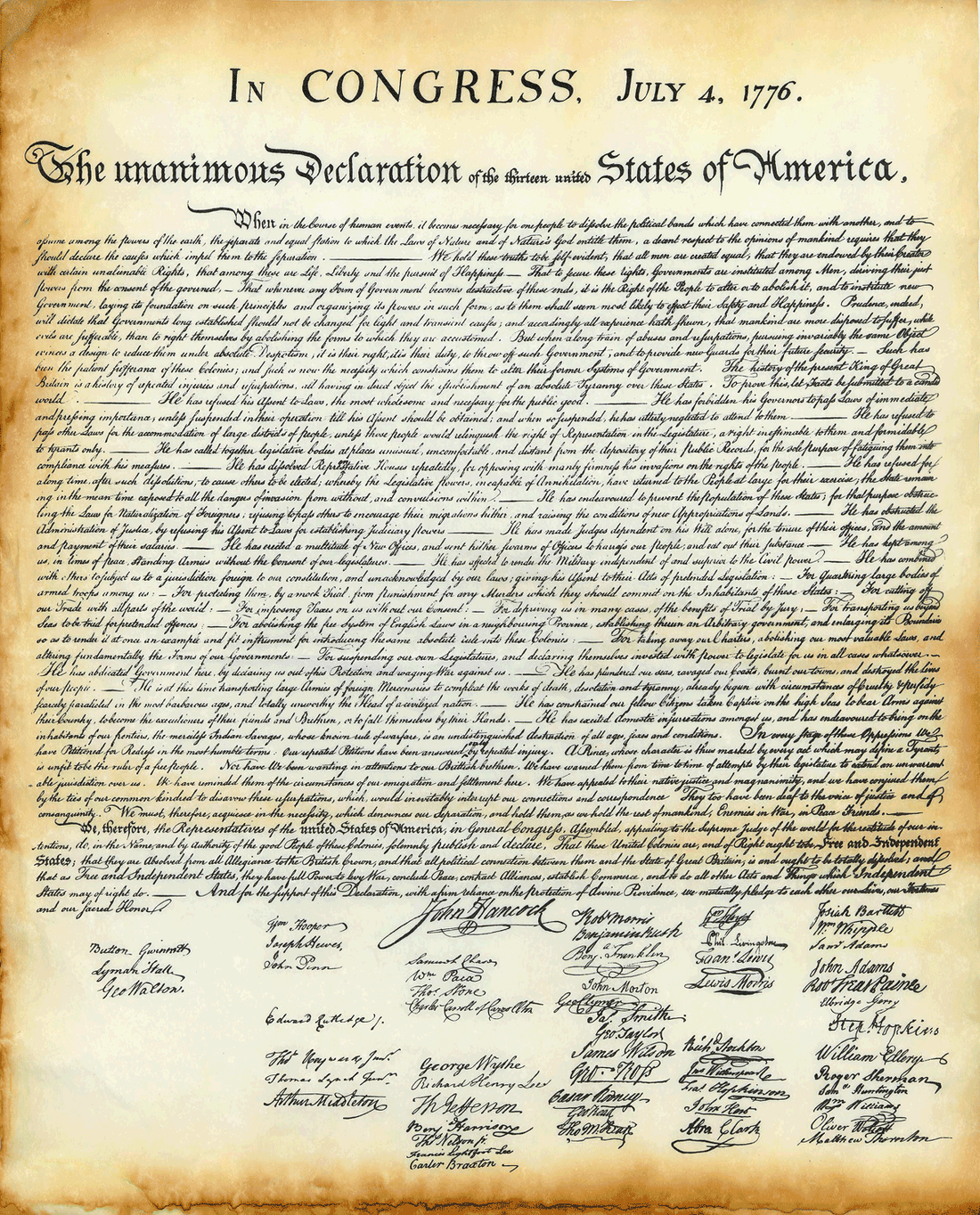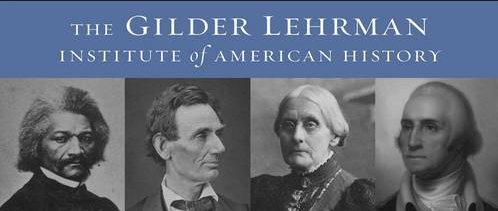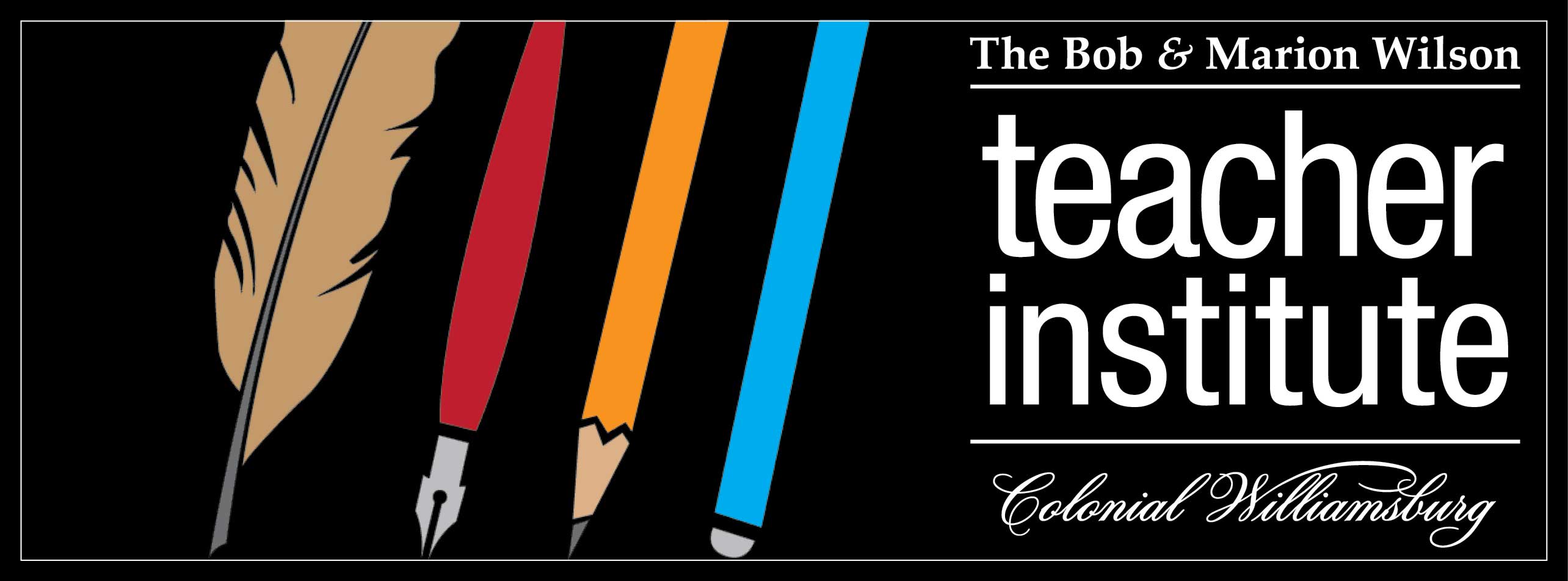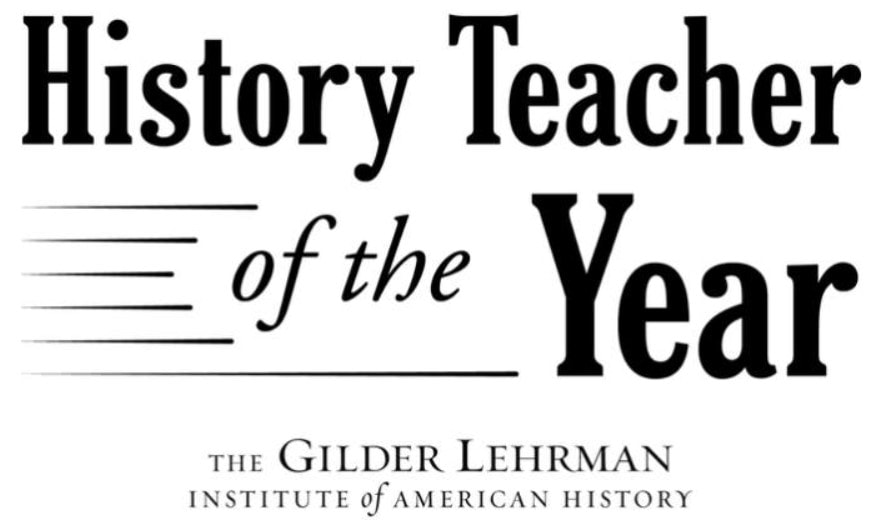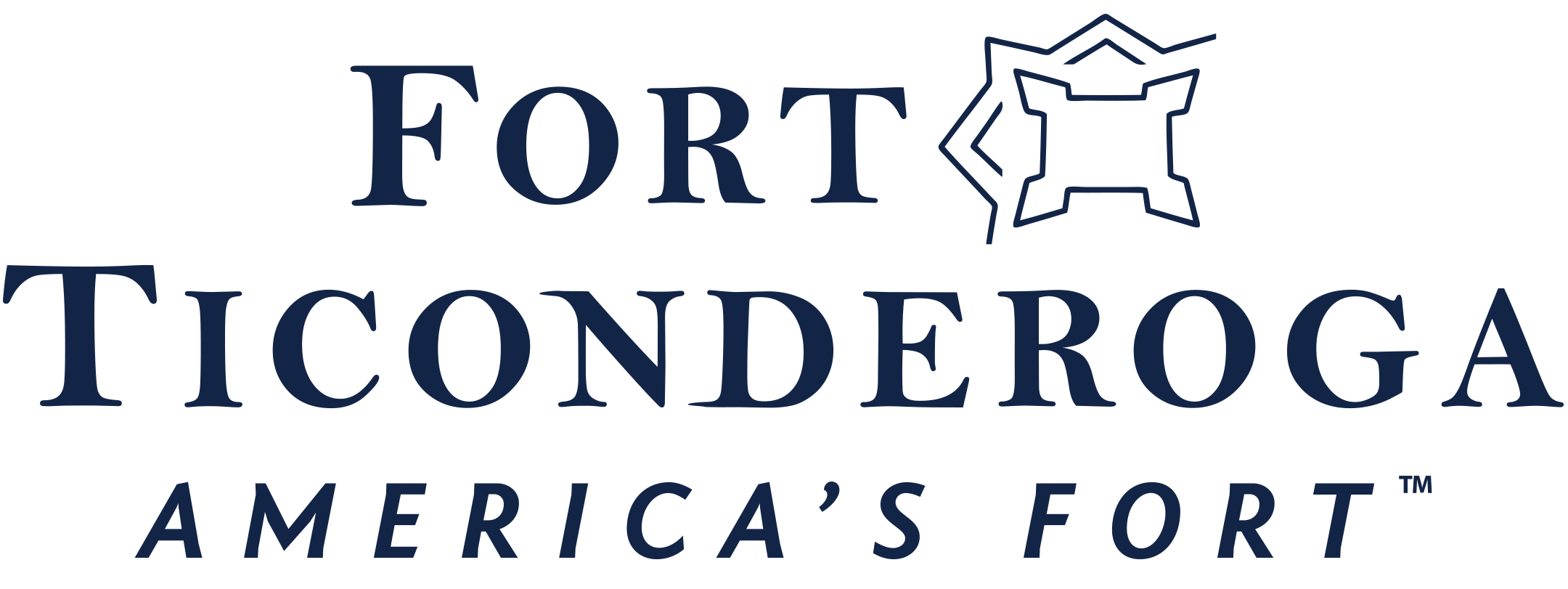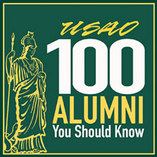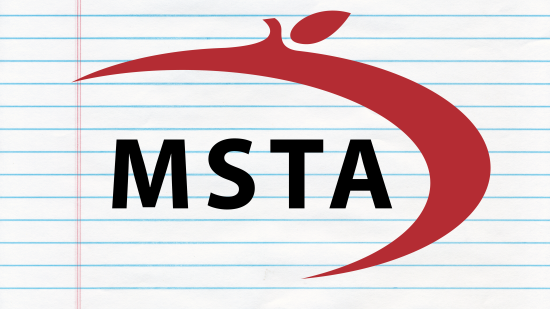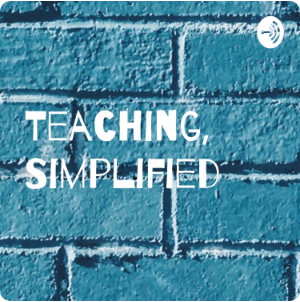|
The nice folks at the Crystal Bridges Museum of American Art put me up in the 21c Museum Hotel in downtown Bentonville, Arkansas, for the week of our summer residency and the room is posh.
0 Comments
In this intensive and immersive session, teachers will acquire the skills and tools necessary to teach their students using works of art through an engaging and meaningful dialog.
First of all, we will not be focusing solely on the student and student lessons in these sessions. Likewise, everything will not be about the teacher. It sounds like there will be a blend of intensive, immersive sessions for the teacher with a goal of making dialog engaging and meaningful for students. That is as it should be.
I work very hard to plan and execute all four of these words for my students. It is not an easy task, and we frequently fail to reach our mark, but we make a concerted effort. I do not want to "pad" lessons with gimmicks, leaving gaps in the schedule that have to be filled with even more "fluff". Like everything else, there must be a balance. I have to always remember that wise old saying, Kids will be kids. While I want to lead them forward with rigor, I know we must plant a desire for learning first. I know I must protect young minds while developing them. And I understand that rigor does not mean "stumping" them. I am sure that these four words, as well as the other words that surround them, were carefully selected in describing what we will do, this week. At the same time, for this week, I am the student; I hope the coordinators remember all of those aspects while teaching me, as well. 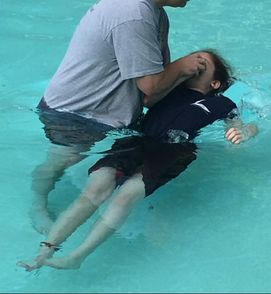 While I am obviously excited to take part in two out-of-state summer residencies during the next month, and while I am pleased that my wife has acquired a new, satisfying job that makes her happy, there is one event of 2018 that probably will not be overshadowed - the baptism of my daughter. She has considered this decision for a long time before making the final choice to be immersed. I can't express my joy enough concerning this event from one month ago. The emotions of that day, the joyful tears that still surface when I think about that moment when we entered the water and I baptized her, are practically indescribable. In our opinion, with the support of Scripture, this is the single, most important decision she will ever make. Without getting into doctrinal issues on this site, please indulge me with a redacted version of my Facebook post from late that evening: I don't care what you say: my day was better than yours! I am richer, more satisfied, and more joyous after immersing my daughter in baptism for the forgiveness of her sins... (LIBERTY) BELL WORK
Incorporating art in your classroom curriculum can enhance student outcomes in many areas including communication, interpretation, inference, visual literacy, and knowledge acquisition. 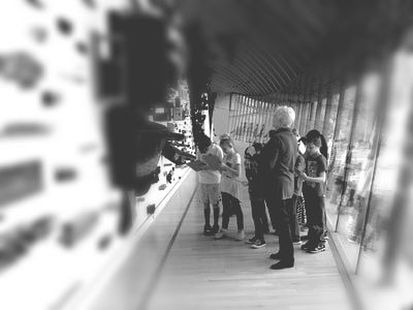 That's part of the description for the summer residency program at the Crystal Bridges Museum of American Art. It has within it the goal to synthesize parts of the curricula where possible, which has always been one of my constant goals in teaching. The description above, however, is a broad one. In reality, we might include subject areas in it. While Crystal Bridges appears to focus on art as a tool for storytelling, reading, writing, and discussion, we should easily see application in other subjects, as well: geometry and problem solving in math, the scientific process, and certainly history. For the past couple of years, I have used two important questions to guide many lessons across the board. These two questions have simplified my approach to many aspects of communicating, reflection, and discussion with students both individually and classwide. I have even used them effectively in adult Bible lessons at the churches where I preach in Kansas, Missouri, and Oklahoma. The questions are What do you notice? and What do you wonder? I suspect that these two questions can also guide discussion of particular pieces of art and will be useful in our professional development, next week. At any rate, I am anxious to acquire new insight in the coming days and add it to my own methods, expectations, and content for years to come. For more about the Crystal Bridges summer residency for teachers, please refer to my set of posts on the subject.
It doesn't matter what you have done;
it matters what you are doing. (unknown) The end of the French and Indian War brought retirement, once again, for George Washington. Washington was able to return to Mount Vernon for a time before answering the call to serve in the First Continental Congress in 1774.
There is so much in that section of material that it makes it hard to know where to start. My summer residency at Washington's Mount Vernon will focus on the leadership of our first president and commander in chief, so I find that the quote from Lengel's volume to be quite worthy of rereading. Perhaps words and phrases may be selected for pondering:
Still too much? To generalize, Colonel Washington, at this point, was a proper gentleman, not given to wild debauchery or drunken orgy. That he was recognized because of these traits is quite telling. To understand this is to understand that other people were not in the same category as George Washington.
Apparently, by this time George had developed into a more thoughtful and patient gentleman. Noted for his prior indiscretions in battle, a propensity to rush into things, and an impatience that frustrated him to no end, at this point it appears that George had become slower to speak and less likely to abruptly lose his cool. I can appreciate his developing point of view, his modest appearance, his fair and steady manner, and thoughtful tendencies. This may give all of us a personal calling to do the same. How many times do we explode in anger or blurt out our salty opinions, knowing that they will inflict damage on others? How often do we insert "adult" language, innuendo, or euphemisms into our conversation in order to appear more cool, more worthy of inclusion, or more edgy than the last person who sat in our chair. If we can recognize these things as adults, perhaps there are some things here for fourth graders, too:
 One week from today, the fourth grade team will have a valuable experience at Crystal Bridges Museum of American Art in Bentonville, Arkansas. The program is explained online: A week-long professional development session that will introduce teachers of all subject areas to the methodology and process of teaching from works of art. Incorporating art in your classroom curriculum can enhance student outcomes in many areas including communication, interpretation, inference, visual literacy, and knowledge acquisition. In this intensive and immersive session, teachers will acquire the skills and tools necessary to teach their students using works of art through an engaging and meaningful dialog.  Our week at Crystal Bridges is part of a generous offer by the museum to partner with the fourth grade at our school. Teachers will be reimbursed for our travel from Joplin, provided with all meals for the duration of our visit, and given lodging. The 21c Museum Hotel in Bentonville, a short walk from Crystal Bridges, will be home base when we are away from our training room. The 21c may be an experience in itself. According to their own website: Located on the northeast corner of the Bentonville town square and a short walk to Crystal Bridges Museum of American Art, 21c Museum Hotel Bentonville is a 104-room boutique hotel, contemporary art museum, cultural center and home to The Hive restaurant, led by executive chef Matthew McClure. While all of these amenities are certainly welcome to a group of people who might struggle to afford them on our government salaries, I look forward to spending a week with material that has always been foreign to me. My own education includes almost zero percent of art.
At this point in my life, I actually look forward to learning about something in which I am basically ignorant. As a blank slate, I am ready to make mistakes and contribute another point of view during the training we will undergo at Crystal Bridges. The physical facility itself is world-class, the collection is impressive, and I would expect the profession development for educators to be top-notch. Beyond a doubt, I appreciate the hand extended to us for this opportunity to learn without an air of condescension. Predictably, the Crystal Bridges staff will partner with us and others in an alliance for the purpose of creating richer experiences for our students. This is more than a visit to a pretentious art museum; it promises to allow us to bridge social and economic cultures in such a way that we find mutual purpose. We look to find similarities where there are similarities, and respectful conversation where there are areas of difference.
We give a challenge or a question to a class of pupils, and then we call upon the first one to raise his hand. We want immediate solutions. We want the learning to be fast. That's when we must remember that processing, takes time, and everyone's wifi signal is not as fast as ours. Some of our students have internal high-speed, fiber-optic modems that allow them to process things rather quickly, while others are stuck with dial-up; still others are working completely off the grid.
So maybe students should hold up signs to indicate that they are still buffering. It would also make a great bulletin board to reinforce to students that they are still works in progress - that none of is as good, or as fast, or as strong, or as smart as we're going to be later. We're all still loading. If I were ever to get a tattoo - and I NEVER will - I'd have to consider one of these smack in the middle of my forehead, just to let other people know that I'm still working on things. It would be pretty cool to have it appear and disappear, based on actual brain activity as needed. Of course, I would probably get stuck in a loop and have to be rebooted more often than my laptop if that were the case.
We capsulize the Revolution against Britain in nice quick history lessons, making it sound like a paper was signed, a fight was won, and wham, the United States appeared, free and happy, shiny new and right out of the package. But if you know anything about history, you realize:History is ugly.
Not only do we put it in a nice little package, but we also glamorize, sanitize, and romanticize our history. We tend to focus on American patriotism in around national holidays.
But 18th century winters seem to be very significant to our life, liberty, and pursuit of happiness. While it was July when the Declaration of Independence was signed, by December the War for Independence was not going well. English-born Thomas Paine wrote a pamphlet to encourage the populace. The pamphlet was called The Crisis; the opening paragraph went like this: “THESE are the times that try men's souls. The summer soldier and the sunshine patriot will, in this crisis, shrink from the service of their country; but he that stands by it now, deserves the love and thanks of man and woman. Tyranny, like hell, is not easily conquered; yet we have this consolation with us, that the harder the conflict, the more glorious the triumph. What we obtain too cheap, we esteem too lightly: it is dearness only that gives every thing its value. Heaven knows how to put a proper price upon its goods; and it would be strange indeed if so celestial an article as FREEDOM should not be highly rated." 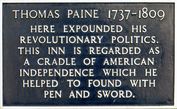 In other words, the patriot-citizenry was growing numb to the cause. George Washington's Continental Army was not winning, and the people were dispirited. The troops were wintering without shoes and provisions. It had become known as the Winter of the Red Snow. And civilian support was waning. Thomas Paine wrote that when the going gets tough, the tough should get going. He discouraged patriots from being fair weather fans - those individuals who follow their team only in victory and renounce them in defeat: "The summer soldier and the sunshine patriot will, in this crisis, shrink from the service of their country," He recognized that freedom is not free: "What we obtain too cheap, we esteem too lightly: it is dearness only that gives every thing its value." Interestingly, Paine raises the comparison of the Revolution with Heaven: "Heaven knows how to put a proper price upon its goods."
Art Appreciation
As for the painting on the left, check out this article about the descendants of the founders who assembled in 2017 for a photo recreating the scene.
When in the Course of Human EventsIt is fitting to read the founding document of these United States (and it's not even that long!). A transcript of that Declaration sits below: IN CONGRESS, July 4, 1776. The 56 signatures on the Declaration appear in the positions indicated:
While We're on the SubjectEvery person who becomes a bully becomes a bully for a reason. We would do well to help them if possible. Take some time to watch this short video: Now for some questions:
For more, check out our entire Positive Behavior Conversations collection.
|
AnthemThe Hoggatteer Revolution
is an extensive, award-winning, inimitable, digital platform for Encouraging and Developing the Arts, Sciences, and honest Christianity in the beautiful, friendly LAND OF THE FREE AND THE HOME OF THE BRAVE This site is described as
"a fantastic site... chockablock full of interesting ideas, hilarious anecdotes, and useful resources." 
...to like, bookmark, pin,
tweet, and share about the site... and check in regularly for new material, posted often before DAWN'S EARLY LIGHT! History in ResidenceElementary Schools: Bring Mr. Hoggatt into your classroom for a week of engaging and rigorous history programming with your students. LEARN MORE BUILDING BETTER
|
||||||||||||||||||||||||||||||||||||||||||||||||||||||||||||

